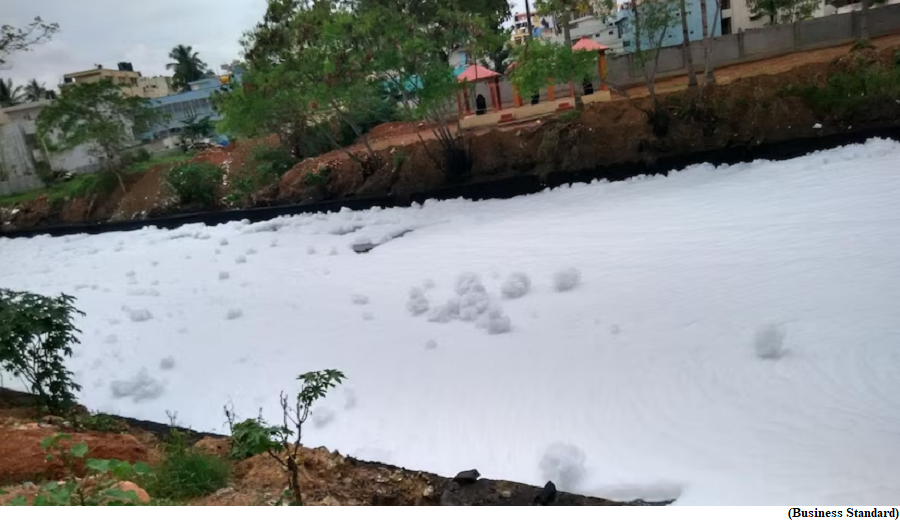Iran unveils new ‘hypersonic missile’ that can cover 1,400 km (GS Paper 3, Defence)

Why in news?
- Recently, Iran has unveiled its first-ever hypersonic missile, Fattah, which it says can penetrate missile defence systems and will give it a military edge.
Details:
- The missile can move at a speed of up to Mach 15 (5,145 metres or 16,880 feet per second), has a range of 1,400km (870 miles) and features a moveable secondary nozzle and employs solid propellants that allow for high manoeuvrability.
- Supreme Leader Ayatollah Ali Khamenei has chosen the name, which roughly translates to “the opener”.
Hypersonic missiles:
- Hypersonic missiles move at five times the speed of sound or greater and are manoeuvrable, making them difficult for defence systems and radars to target.
- The United States, Russia, China and North Korea are believed to be the only countries to have successfully tested hypersonic missiles, but exact details of the weaponry remain scant.
Concerns of West:
- Iran claimed that it had created a hypersonic missile capable of travelling at 15 times the speed of sound, adding a new weapon to its arsenal as tensions remain high with the United States over its nuclear programme.
- It was unveiled even as Iran said it would reopen its diplomatic posts in Saudi Arabia after reaching a détente with Riyadh following years of conflict.
- The West and Israel have repeatedly expressed concern over Iran’s missile programme, saying the country’s ballistic missiles could potentially be used to carry nuclear warheads, something Tehran denies pursuing.
- The Islamic Revolutionary Guard Corps (IRGC) earlier successfully tested a new ballistic missile with a range of 2,000km (1,240 miles) that earned more criticism from the West, with France claiming it violated the United Nations resolution that underpins the country’s comatose 2015 nuclear deal with world powers.
IISc researchers determine cause of heavy foaming in Bellandur Lake
(GS Paper 3, Environment)
Context:
- The main culprit behind Bellandur Lake's excessive foaming is the high concentration of untreated sewage and industrial waste that flows into it.
- The researchers were surprised over the years is the fact that the foam counterintuitively increases only after heavy rains, which are supposed to dilute pollutants.

Highlights of new research:
- The team from the Centre for Sustainable Technologies (CST), Indian Institute of Science (IISc) has monitored the lake and collected water samples to analyse for various parameters, and recreated a lab model to track the changes in the chemical composition of the surfactants across different regions of the lake.
- They discovered that the untreated sewage takes 10-15 days to disperse through the lake. During this time, a part of the organic material gets degraded in the absence of oxygen and settles down as sludge.
Foaming after rain:
- As more and more sewage flows through the lake, surfactants in the sewage do not decompose and instead get loosely attached to the settled sludge, gradually increasing in concentration.
- Meanwhile, the heavy rains bring large quantities of run-off from the city into the lake overnight and churn up the surfactant-laden sludge, dislodge the accumulated surfactant from the sludge, and bring it back into solution, making it ready to foam, and as the water level in the lake rises due to rains, the excess water containing large concentrations of the surfactants spills over into the lake’s outlet to depths as high as 25 feet.
- The analysis also revealed that a single type of surfactant commonly used in most household washing powders and shampoos also plays a dominant role in driving this foaming.
Way Forward:
- They also suspects that certain bacteria might be responsible for foam formation and stability. However, they need more studies to establish it.
- The team from IISc highlighted the urgent need to stop the entry of untreated sewage into the lake and called for removing the accumulated sludge in the polluted lakes, at least before the rains, to prevent foaming.



